Flexible resins are an exciting group of materials with low shore hardness and quite a lot of means of use. However, they usually come with several downsides. In general, they are more difficult to print (compared to rigid resins), they are often made from dangerous chemicals and some of them require washing in toxic solvents (Loctite IND475 + Cleaner T, for example). This led us to make our own flexible resin with good printability, easy washing in safe chemicals, and low toxicity. The Flex 80 is a virtually odorless, non-toxic resin suitable for hobby and professional use. It comes with fast print speed, great detail, the possibility to print large objects, and easy washing with IPA.
Basic properties of SLA resins and comparison to flexible filaments
First, let’s start with a general overview and comparison with other flexible materials as some of you may have more experience with FFF 3D printing than MSLA. But if you’re already familiar with flexible MSLA resins and want to know more about Prusament Resin Flex80 in particular, feel free to skip this chapter.
Shore hardness
For filaments, there are various shore hardnesses but most of them are quite high. They usually don’t go much lower than values around 90A and 40D. One of the main reasons is the hard manufacturing of a soft filament, the other is print difficulty. Simply said, the softer the filament is, the higher the chance of various print failures. But luckily, this doesn’t apply to the SLA materials. Flexible resins in general can go much lower with shore hardness since the SLA (MSLA in our case) technology works completely differently. This means that you can make quite soft and smooth models, even with thick bodies.
Also, there is a great difference in the hardness of cured and uncured models. While the flexible filament has an exact number that remains unchanged, flexible resin hardness may vary according to the post-curing process. For example, uncured Prusament Resin Flex80 comes with hardness 75A, while cured (after 60 min) reaches maximum values around 85A.
Rebound properties
There is a small catch in rebound properties. While flexible filaments tend to rebound almost instantly, flexible resins remain bent for a longer time and may only return to their normal position after several seconds (this varies between different resins).
Rebound properties of flexible filament (left) and flexible resin (right)
Other mechanical properties
The other mechanical properties are somewhat different from filaments too. The flexible filament is virtually unbreakable. The flexible resin, on the other hand, is much less resilient and may crack if bent too much. Also, if you use it for making a custom gasket and squeeze it with high pressure between two parts, it may not resist and crack too.
Flex80 properties
Now, let’s focus on the Prusament Resin Flex80 only. In general, it is a versatile material developed for easy printability, and overall high performance while maintaining low price. The greatest benefit is its low toxicity with no need for difficult postprocessing or washing in expensive and dangerous chemicals. It fulfills the following requirements:
- flexible and energy-damping properties
- low viscosity
- washable in IPA with no need for other chemicals
- low odor and high safety according to the skin irritation test standards
- short exposure times
- high resolution allowing printing of all kinds of models with fine structures
- high print reliability even when printing larger and supported objects
- easy support removal
- easy postprocessing with Original Prusa CW1S
- overall high performance with a low price
The material’s mechanical properties simulate rubber-like materials such as car tires, shoe soles, or ebonite hard rubber. Elongation at break reaches 60 % after 60 min of curing in CW1S. Prolonged curing times are needed to reach the final properties of the material during which stiffness, hardness, and ductility increase. Increased temperature helps to perform the curing process to the full extent. The material offers good energy absorbing and damping capabilities with slow relaxation and slow return to its original shape.
Energy damping properties of Flex80
Basic material’s properties after 60 min curing in CW1S:
- Tensile modulus 17 MPa
- Tensile strength 9 MPa
- Tensile elongation 60 %
- Shore hardness 70-80A
Tensile properties were measured for 1 mm thick tensile specimens with a 50 mm/min deformation rate.
Flex80 resin family is processable by all types of SLA 3D printers using exposure in the 370-410 nm range. However, the resin was developed in particular for printers using the 405 nm wavelength, such as the Original Prusa SL1S SPEED. The combination of Prusa material and hardware guarantees the best results. Rigorous internal testing of our materials and technologies offers ready-to-use printing profiles for carefree and user-friendly printing.
For certain extremely complex and large objects, adjusting the settings may be required. We suggest setting a higher concentration of supports (for example 200 %) with higher penetration depth (for example 0.6 mm). A high viscosity profile with slow tilt and Z-hop is also highly recommended.
Flex80 low toxicity
No hazardous chemicals, such as TPO, ACMO, and BPA, are used for Flex80 resin formulation (check out our previous article on this topic). Also, the Flex80 is virtually odorless. The resin complies with skin irritation standards making it suitable even for various haptic models, rubber parts of various tools, and similar. It may be also used for various educational purposes, where skin contact safety is necessary. Our resins were tested for skin irritation standards at the Czech National Institute of Public Health.
Applications of Flex80:
 |
 |
|
| Models and Figures
High resolution, print speed, and user-friendly processing make this resin a great choice for printing highly detailed visual models. Improved durability may come in handy when roughly treated. With an impact energy of over 100 kJ/m2, it offers great endurance for models. |
Clear translucent models
FLEX80 Transparent Clear resin is specially developed to minimize discoloration (i.e. yellowing) of the prints after curing. Its optical clarity offers a great choice for clear prints in various applications ranging from figures, microfluidic reactors, fashion, art, or design. Its mixtures with other types of Prusament flex resins can increase their translucency. |
|
 |
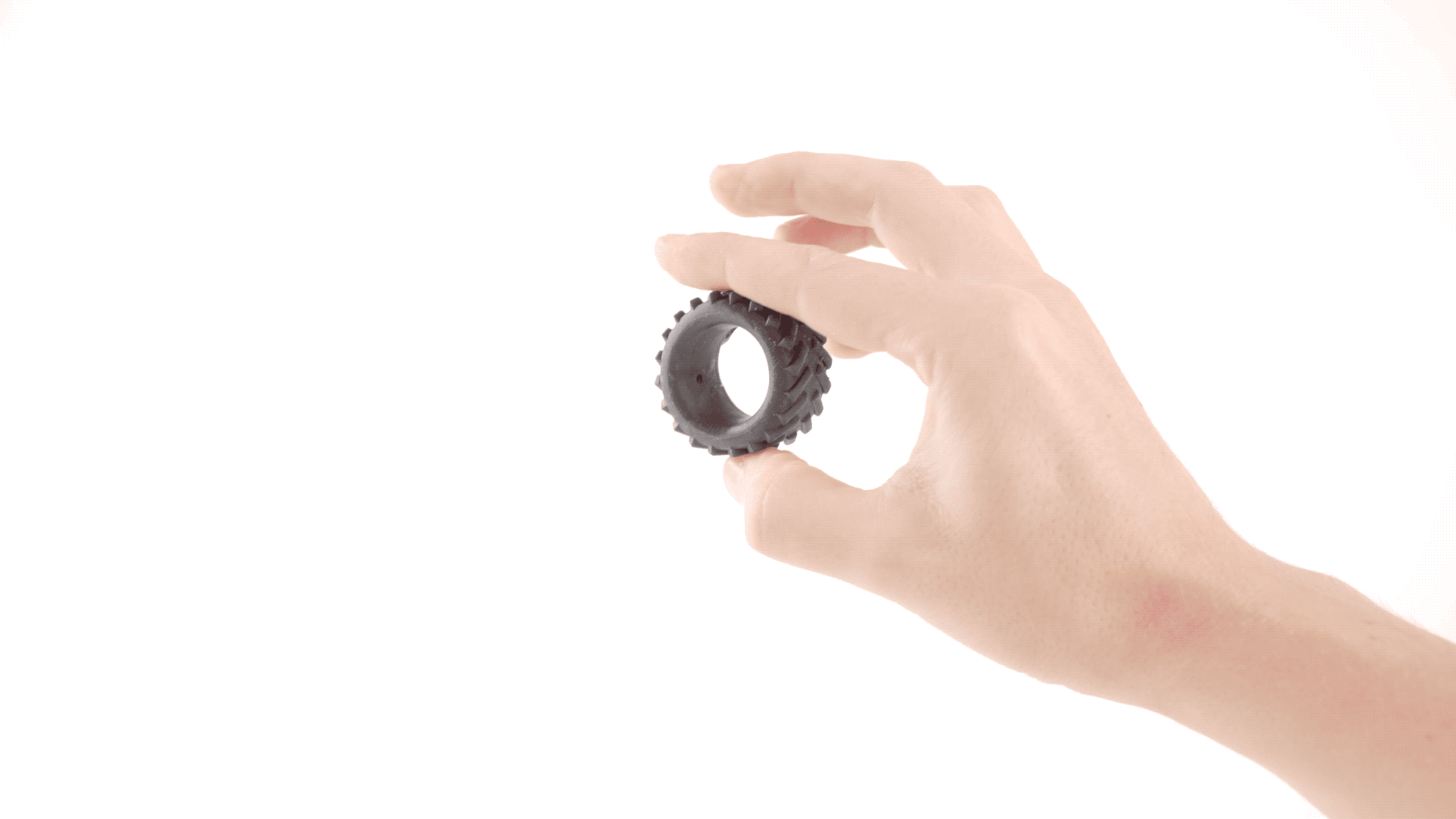 |
|
| Flexible microfluidic cells, pumps, and devices
Flex80 may be used for research purposes in the field of microfluidics. With transparent clear resin and high print detail, it is possible to mix various fluids in molecular biology, microelectronics, and other high-tech fields. |
Tires With mechanical properties similar to rubber, the Flex80 resin is a great choice for prototyping tires whether you are a hobbyist, RC car enthusiast, or professional in the industrial segment. |
|
 |
 |
|
| Medical
Material’s mechanical properties and print performance even for large and tall models allow the printing of realistic models of organs and soft tissues. This makes it a great tool for education and surgical practice purposes. Models can be sterilized by hydrogen peroxide or heat and water steam to perform in a medical laboratory. |
Grips
The combination of flexibility and safe skin contact makes the Flex80 suitable for printing various durable grips, spare rugged parts, and similar. |
|
 |
 |
|
Watertight seals
|
Rugged housing
Flexible and energy-damping properties offer great protection for electronic devices. |
Excellent printing properties, simple postprocessing, and low price make the Prusament Resin Flex80 suitable for both hobbyists and professionals. Plus, without dangerous chemicals and odor, it is safe for various education purposes and use at home. Have you already tried printing with our Flex80? If you like it, don’t forget to leave a comment or share your makes!
Happy printing!






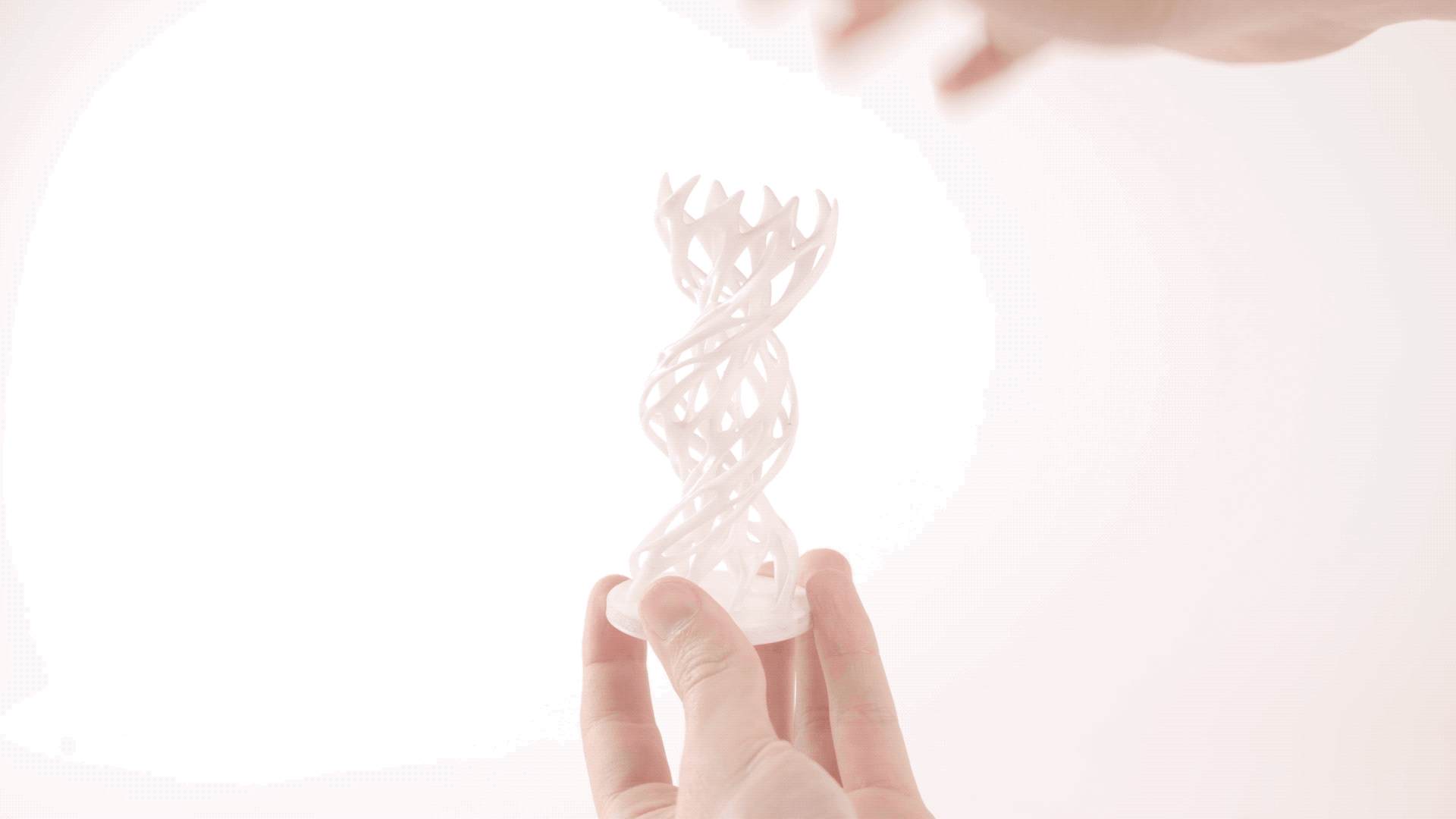
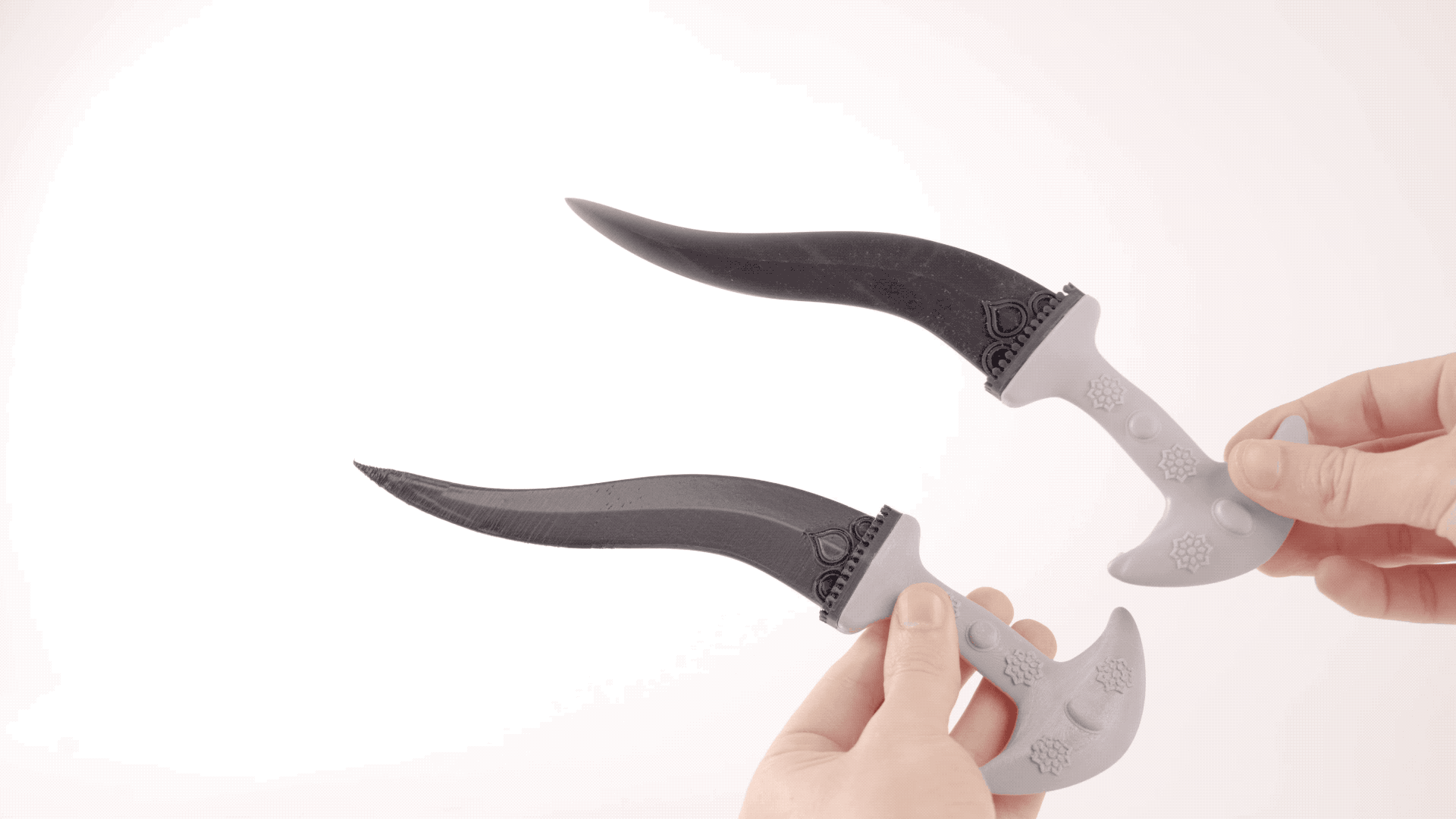
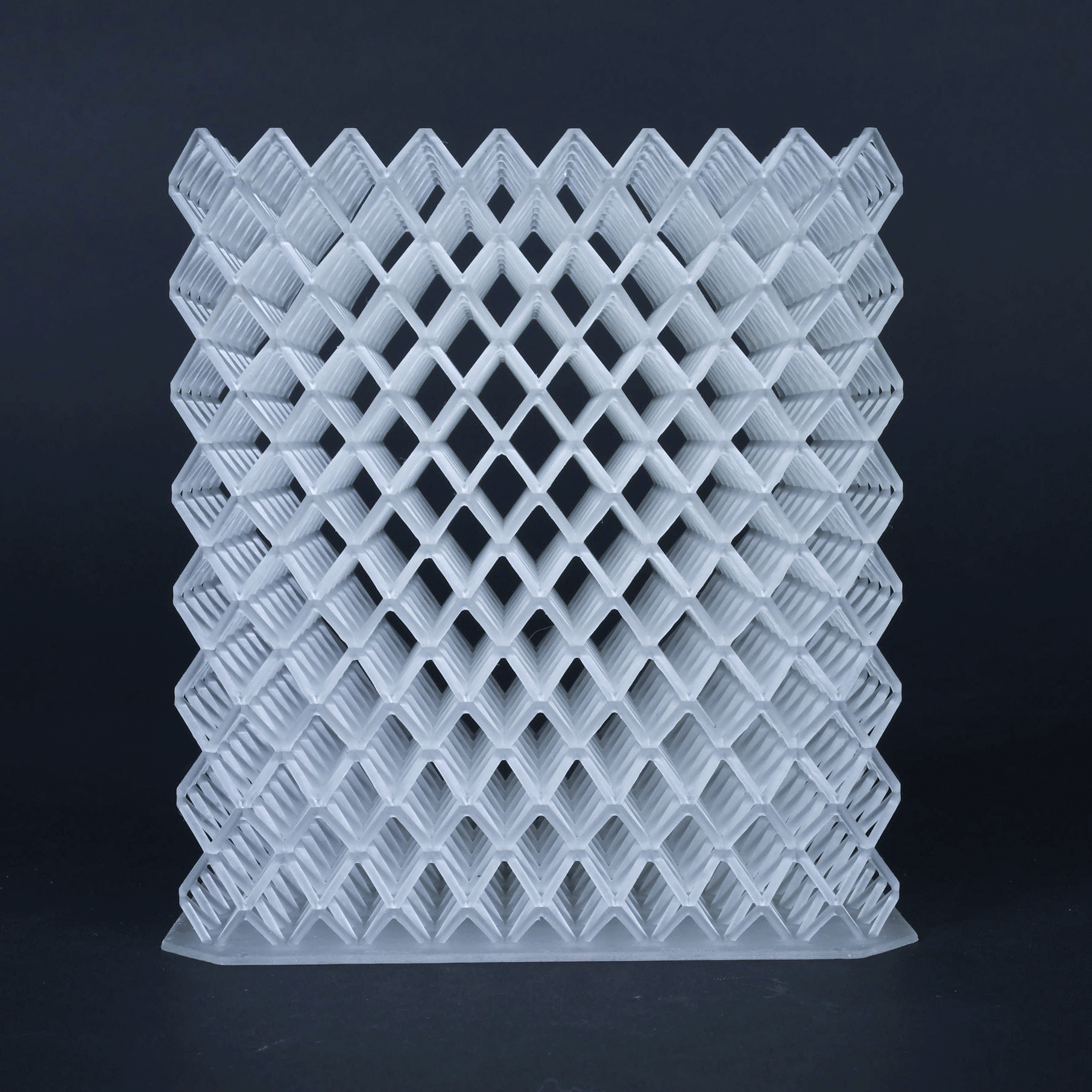
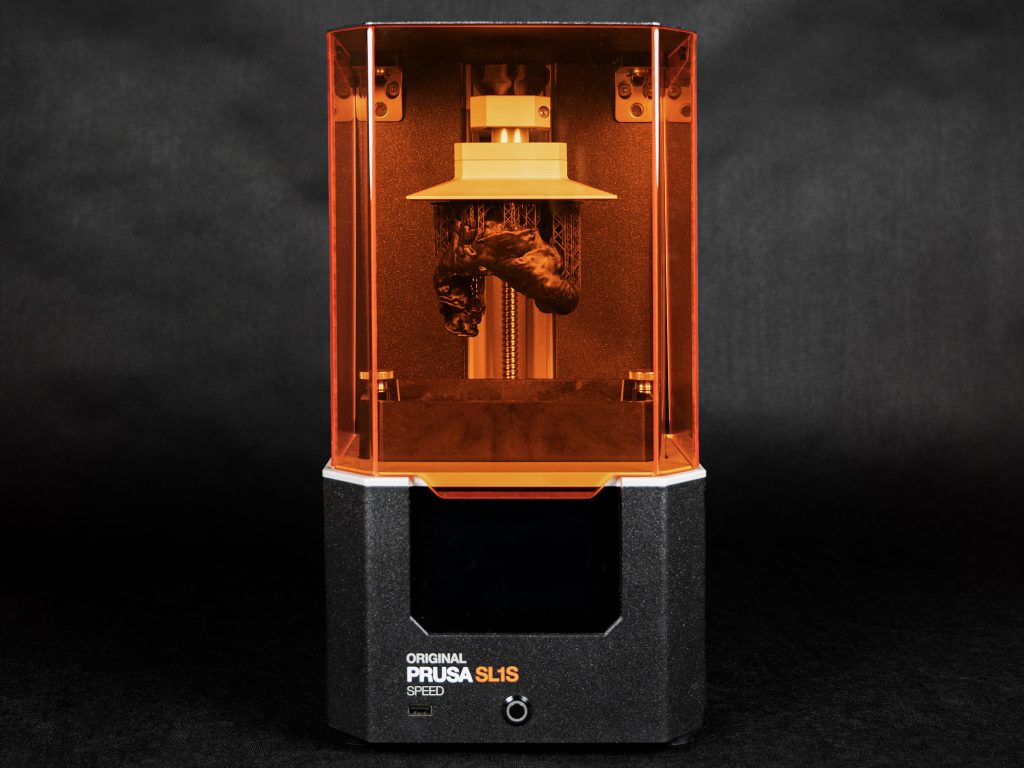
One of my biggest gripes with flexible filaments, at odds with the claim that they provide rubber-like properties, is that they are all made to have such low friction. I understand that this is needed for technical reasons, since friction is an enemy in FDM printers, but high friction is the number one property I find myself needing for soft features (wheels, rubber feet, etc.). I have had to resort to buying sheets of rubber online and cutting out simple shapes manually, which feels so inexact and backwards in an otherwise CAD-oriented design process.
Can flexible resins perhaps be the fix to this issue and have proper rubber-like friction?
Would this material be suitable for prosthetic appliances, like costume witch noses or zombie skin?
I have an outdoor application, basically something very similar to the rubber/neoprene shift lever "boot" that sports cars have.
Approx dimensions are 50 mm square the square base (rounded corners, about 6 mm radius) rising approx 5 cm to a 6 mm round hole for the shifting shaft. I want a short length of sleeve above that to perhaps put a clamp around.
Trail sketches in Solidworks have produced a lofted shape that is probably good enough for testing and it firs within the Prusa platform of my SL1S – so at least it SEEMS that I should be able to print this (in 3 or 4 hours).
What concerns me is the flexibility of the print as it is being printed.
i) Will it flex so much that the tilting platform won't pull layers off of the tank bottom when the model gets to some height ?
ii) Will the partly completed model flex enough to cause serious misalignment of layers ?
iii) This is relatively minor, but could the resins database for the SL1S please be updated with flex resin settings ?
Also syraya settings for their flexible resins.
The project details are largely irrelevant, my basic concern is that whatever part I print MAY flex so much when it has "grown" to some height that the current layer fails to pull away from the tank bottom.
How to fix this possibility ?
1) Increase the Z retract ?
Maybe, but it would be "NICE" if the slicer could do that as a function of current Z and the elasticity of the resin already printed (plus some safety factor).
2) Limit height of all parts that can be reliably printed with flexible resins.
1 above may be too complex, i.e. the degree to which a partial print will flex …depends on a whole lot of variables, not least of which is the complexity of the part of the part that is already printed (at every layer and in particular in the Y dimension since SL1S is a tilt bed printer and what is printed at low Y (front of the platform) has more pull that what is printed at high Y (back of the platform).
2 above is unpalatable since it limits the capacity of the printer, although there is already a setting in the slicer for minimizing height.
I think a MASSIVE Z retract is probably the simplest and most reliable solution, I would just have to suffer the long print times.